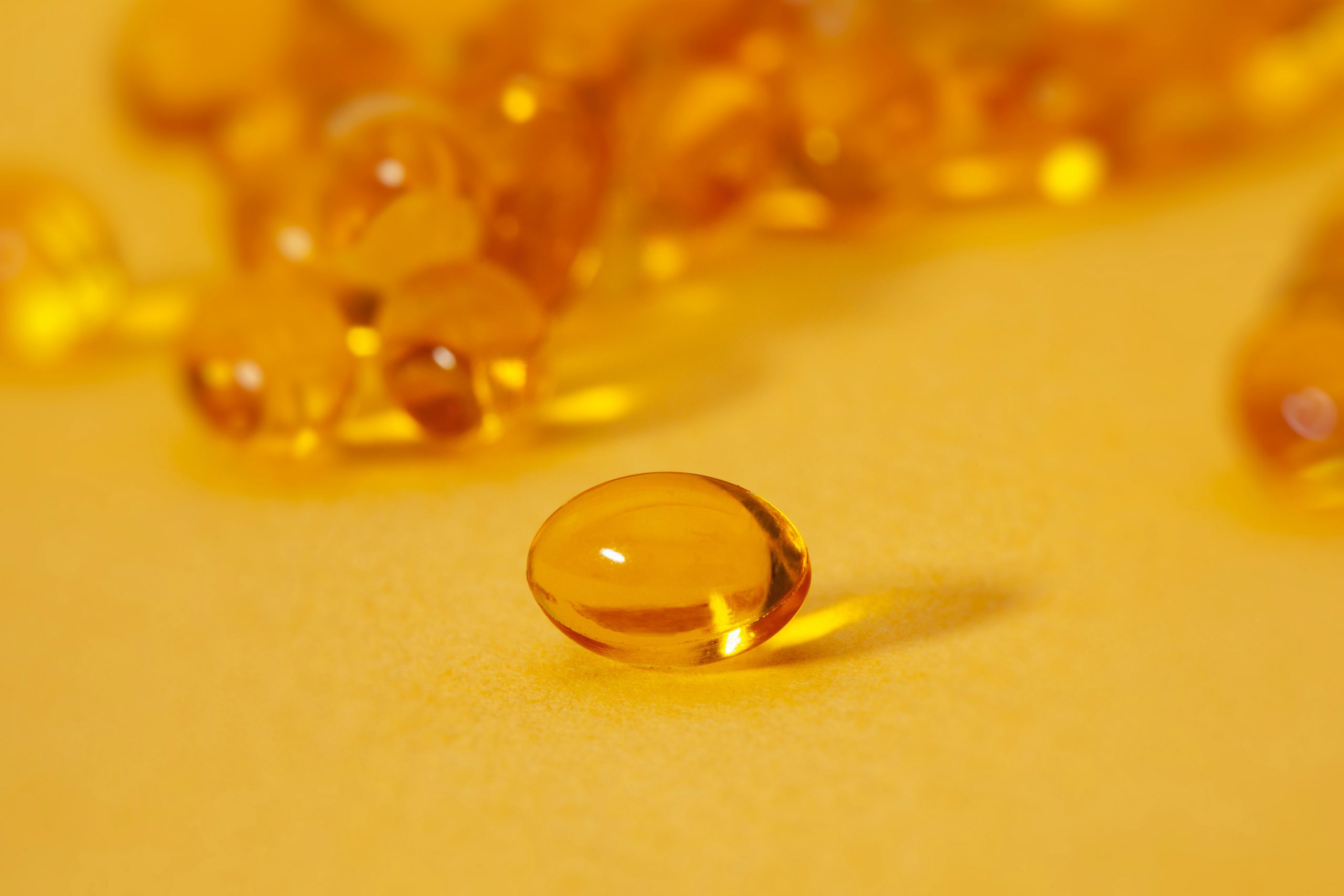How effective are current dietary guidelines for cardiovascular disease prevention in healthy middle-aged and older men and women? A randomized controlled trial
Objective:
The objective was to compare effects on vascular and lipid CVD risk factors of following the United Kingdom dietary guidelines with a traditional British diet (control).
Background:
Controversy surrounds the effectiveness of dietary guidelines for cardiovascular disease (CVD) prevention in healthy middle-aged and older men and women.
Design:
With the use of a parallel-designed randomized controlled trial in 165 healthy nonsmoking men and women (aged 40–70 y), we measured ambulatory blood pressure (BP) on 5 occasions, vascular function, and CVD risk factors at baseline and during 12 wk after random assignment to treatment. The primary outcomes were differences between treatments in daytime ambulatory systolic BP, flow-mediated dilation, and total cholesterol/HDL cholesterol. Secondary outcomes were differences between treatment in carotid-to-femoral pulse wave velocity, high-sensitivity C-reactive protein, and a measure of insulin sensitivity (Revised Quantitative Insulin Sensitivity Check Index).
Results:
Data were available on 162 participants, and adherence to the dietary advice was confirmed from dietary records and biomarkers of compliance. In the dietary guidelines group (n = 80) compared with control (n = 82), daytime systolic BP was 4.2 mm Hg (95% CI: 1.7, 6.6; P , 0.001) lower, the treatment effect on flow-mediated dilation [20.62% (95% CI: 21.48, 0.24)] was not significant, the total cholesterol:HDL cholesterol ratio was 0.13 (95% CI: 0, 0.26; P = 0.044) lower, pulse wave velocity was 0.29 m/s (95% CI: 0.07, 0.52; P = 0.011) lower, high-sensitivity C-reactive protein was 36% (95% CI: 7, 48; P = 0.017) lower, the treatment effect on the Revised Quantitative Insulin Sensitivity Check Index [2% (95% CI: 22, 5)] was not significant, and body weight was 1.9 kg (95% CI: 1.3, 2.5; P , 0.001) lower. Causal mediated effects analysis based on urinary sodium excretion indicated that sodium reduction explained 2.4 mm Hg (95% CI: 1.0, 3.9) of the fall in blood pressure. Conclusion: Selecting a diet consistent with current dietary guidelines lowers BP and lipids, which would be expected to reduce the risk of CVD by one-third in healthy middle-aged and older men and women. This study is registered at www.isrctn.com as 92382106. Am J Clin Nutr doi: 10.3945/ajcn.114.097352.




